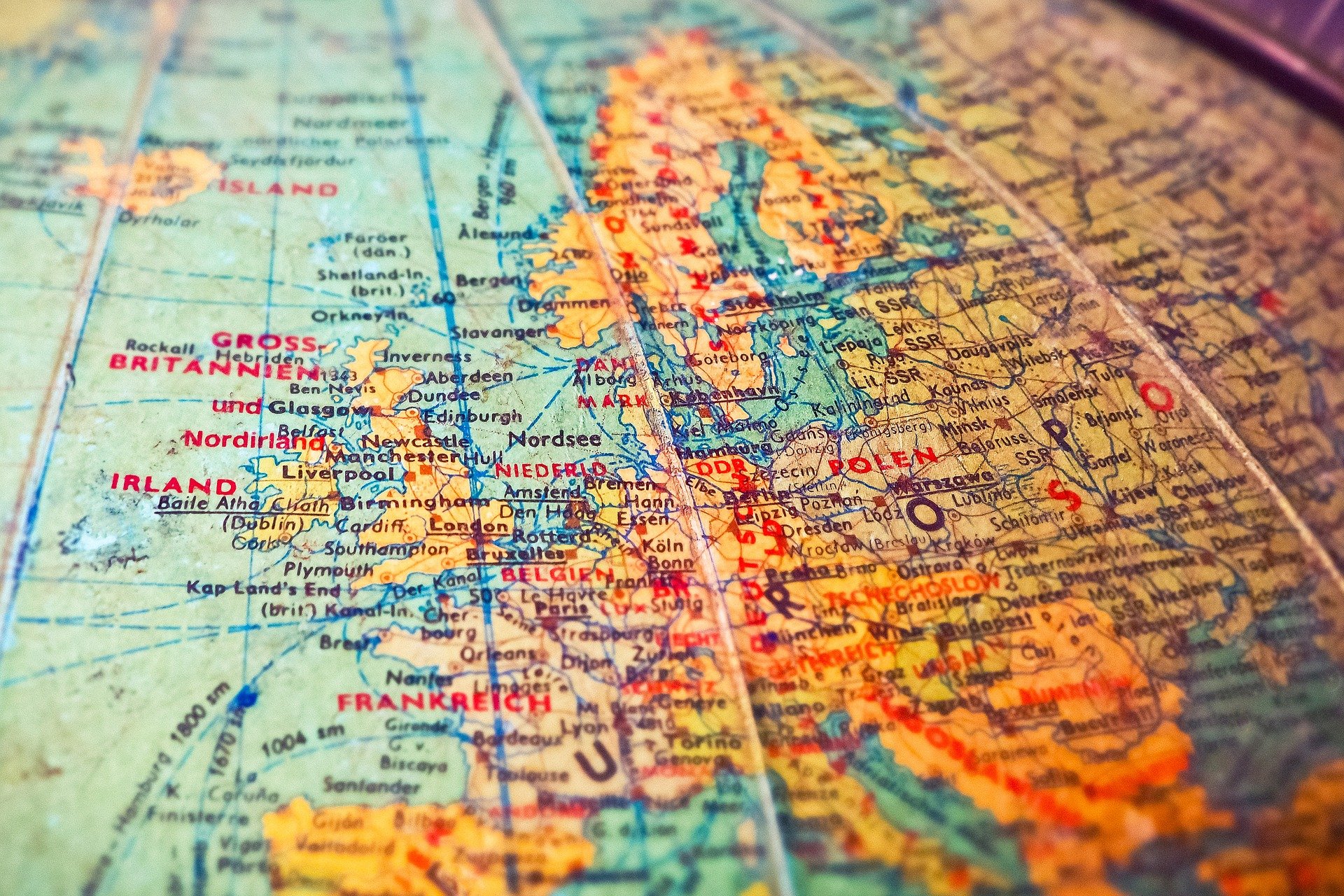The Rishiri Galaxy, a Panamian-flagged tanker one and a half times the length of a football field, sat tethered to the dock on a muggy day at the Jawaharlal Nehru Port on the west coast of India. Freshly arrived from the Persian Gulf, it bore industrial chemicals — raw materials for Indian factories that make pharmaceuticals, auto parts, cosmetics, construction materials and scores of other modern concoctions.
At a second terminal nearby, overhead cranes plucked shipping containers off another vessel operated by Maersk, the Danish shipping conglomerate, setting them onto the beds of trucks. The trucks would haul this cargo — electronics from South Korea, palm oil from Indonesia, machinery from Europe — to warehouses throughout the world’s most populous country.
Roughly one of every four shipping containers passing through India is loaded or unloaded here, on the docks jutting into the Arabian Sea just south of Mumbai. The flow of containers has roughly tripled over the past two decades, reaching the equivalent of 6.4 million 20-foot boxes last year. Yet by the standards of the world’s largest ports — many of them in China — it remains a small operation.
India is now pursuing an aggressive campaign to catch up, readying plans for new ports while expanding existing docks. Whether those designs come to fruition and how quickly could shape the results of one of India’s grandest aspirations: swelling into a full-fledged manufacturing and export colossus.
That prospect is increasingly imaginable as multinational retailers that have long leaned heavily on factories in China to make their goods seek alternative venues, spooked by trade hostilities between Washington and Beijing and the supply chain disruptions of the pandemic. That effort is intensifying as businesses absorb the expectation that trade relations between the world’s two largest economies will remain unsettled regardless who wins the U.S. presidential election in November. Many major brands are exploring factories in India.
Thank you for your patience while we verify access. If you are in Reader mode please exit and log into your Times account, or subscribe for all of The Times.
Thank you for your patience while we verify access.
Already a subscriber? Log in.
Want all of The Times? Subscribe.

